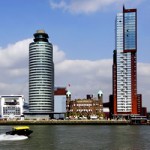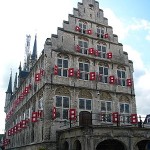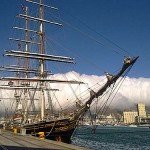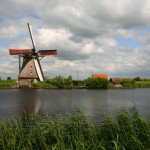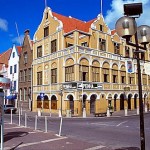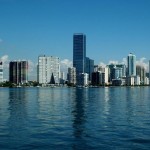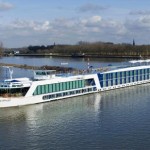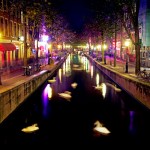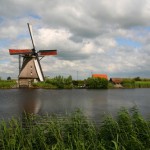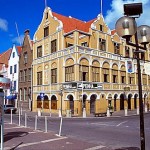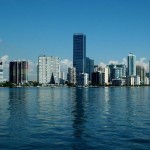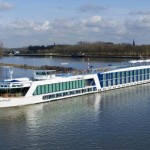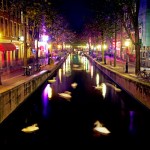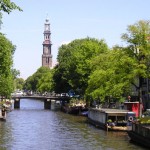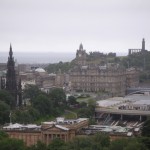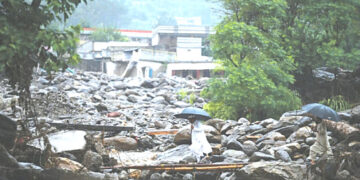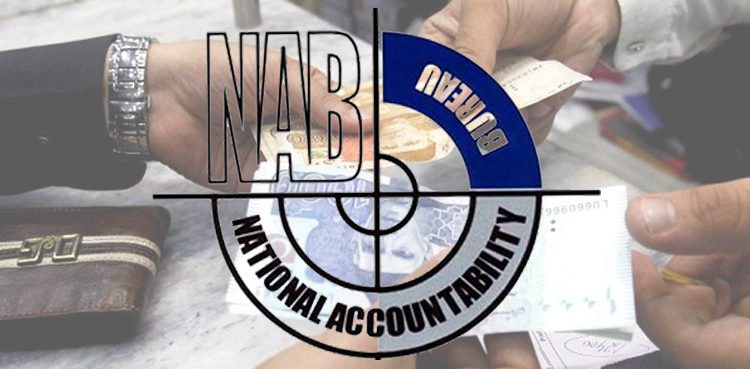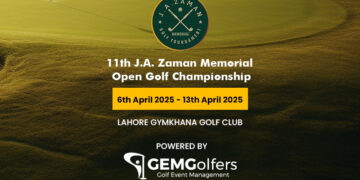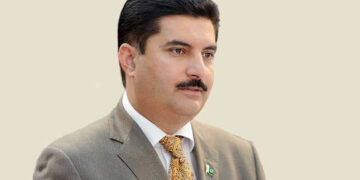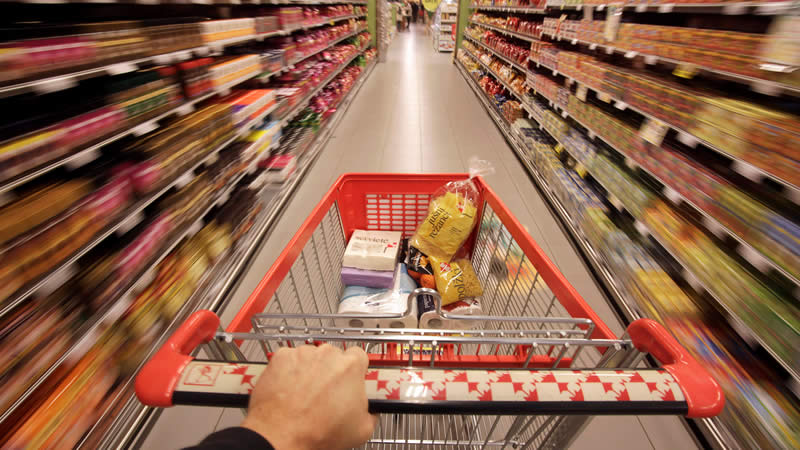 The Netherlands, also called Holland after the coastal provinces that played such an important role in the country’s history, is officially known as the Kingdom of Netherlands. It has three parts: the Netherlands itself in Western Europe, and the Netherlands Antilles and Aruba in the Caribbean. The aforementioned European part of the Kingdom is what we people are familiar with as Holland and love to visit as tourists. Like most travelers Holland has always fascinated me for its wind mills and tulips but some how I could not make a trip to the land of the tulips during my previous visits to Europe. This time around, last summers to be precise, I visited the place with my family and carried wonderful memories of the trip. Flying from Lahore we boarded KLM, the Royal Dutch Airlines, at Dubai and landed at Amsterdam Airport at Schiphol early in the morning. We already had a reservation in a golf hotel in Purmerend, a calm and serene neighborhood of Amsterdam, just twenty minutes drive from the city.
The Netherlands, also called Holland after the coastal provinces that played such an important role in the country’s history, is officially known as the Kingdom of Netherlands. It has three parts: the Netherlands itself in Western Europe, and the Netherlands Antilles and Aruba in the Caribbean. The aforementioned European part of the Kingdom is what we people are familiar with as Holland and love to visit as tourists. Like most travelers Holland has always fascinated me for its wind mills and tulips but some how I could not make a trip to the land of the tulips during my previous visits to Europe. This time around, last summers to be precise, I visited the place with my family and carried wonderful memories of the trip. Flying from Lahore we boarded KLM, the Royal Dutch Airlines, at Dubai and landed at Amsterdam Airport at Schiphol early in the morning. We already had a reservation in a golf hotel in Purmerend, a calm and serene neighborhood of Amsterdam, just twenty minutes drive from the city.
Though public transport is frequent and economical we chose to travel to our hotel by a taxi cab as it saved the hassle of changing the bus at Amsterdam Central Station, besides the fact that we were really tired of the long and almost sleepless night journey after a busy and hectic break at the desert city of Dubai. Like in most other European cities the cabbie charged us according to the fare meter but kept the extra four Euros as tip. The early morning drive on the scenic motorway was an energizing experience. The hotel, a four star sprawling building overlooking a forty five-hole PGA standard golf course, was the place to live and enjoy the vacation. A round of golf, with a discounted green fee for the hotel guests, was an added attraction.
The Netherlands is a place known the world over for its windmills, tulips and innumerable water courses running every where and dissecting the land mass. Hundreds of thousands of bridges make easy crossings at convenient points. Almost one quarter of the country lies below the sea level, most of which is the land restored by draining lakes and building dykes against the onslaught of waters from the sea. The Amsterdam Airport at Schiphol was constructed by reclaiming a lake land and it lies 4.5 meters below sea level. Amsterdam airport is built entirely on piles. The landscape is flat and perfect for cycling.
A network of small roads and paths crisscross the country and over 15000 kilometers of paths are available for the cyclists. We were on the city tour of Amsterdam when our guide pointed out towards a multi-storey bicycle parking. It was a captivating sight for us to see thousands of two wheelers parked systematically tier after tier. Our guide told us that it was a very commonly used means of transport in her country and almost every Dutch citizen owns one and rides mile and miles of it in his or her life time. There are twice as many bikes as cars in the Netherlands. ‘They are stolen quite frequently’, she said ‘and we have found out a novel way of making up for the loss’. ‘If some one’s bike is lifted, he steals a bike in return and that is what we call recycling’, she added.
South Holland is the centre of the world famous Dutch flower industry. In spring, the entire area between Leiden and Haarlem is one huge mass of colour. Fields full of hyacinths, daffodils and tulips in their full bloom attract hundreds of thousands of tourists in April and May. There is a riot of colours. The Netherlands supplies 60% of the world’s flowers.
The windmills are another unique feature of the country. Originally put into operation in the 18th century they slowly disappeared with the advent of electric power generation and advancement of technology, but around 1000 of them are still functional in some form or the other. Windmills of different sizes are spotted all over the country but the best preserved windmills, open to tourists, are in the Zaanse Schans windmill village about an hour’s drive from the capital. Initially a large number of windmills were constructed on the banks of river Zaan with a goal to make it an industrial estate. Now only seven of them are surviving in operational condition, just to enlighten the tourists. They are used for cutting wood, grinding mustard seed, producing oil and paints etc. The windmill that was open to tourists on the day of our visit was the one for making paints. It was a gigantic structure consisting of three floors and a large terrace overlooking the river. There was a large collection of paints and its raw material, with the history and chemistry details inscribed side by side. The grinding stone was a huge round mass that was in operation making a loud creaky sound. Cheese factory and clog workshops, making the traditional wooden Dutch shoes, are also worth visiting at Zaanse Schans. Old harbor of Volendam is also nearby.
Going south of Amsterdam The Hague, the city of Delft and the famous Dutch port of Rotterdam are the places worth seeing. The Hague is a very quiet and peaceful city and home to the Royal Dutch family besides being the head quarters of International Court of Justice. Though Amsterdam is the capital, the Royal family, the government and the parliament are all in The Hague for historical reasons.
Modurodam is a must see place for the tourists without which the visit to the Netherlands is incomplete. It is a miniature city, which was conceived and designed by a Dutch citizen Mr.J.M.Maduro after the Second World War in 1952 to raise funds for the Dutch students suffering from tuberculosis. It is a war memorial and a charitable organization. It is a wonderful indigenous effort later transcribed by the British in the shape of a model village in Torquay, South Devon. Every thing that makes the Netherlands so interesting can be found here in miniature (scale 1:25). Sand world, made entirely of sand, illustrates the country’s long battle against the water. The most enchanting feature for us Pakistanis in Modurodam is a large model of our national flag carrier at the miniature airport. One is also able to understand the science of dykes with a fairly clear concept.
The next stop in our day long conducted tour was the city of Delft. The city, with its tree lined streets, laced with canals and cobble stone lanes, still gives the flavour of times of yore when it was a hub of pottery industry and porcelain ware in the 17th century. Now only one factory, established in 1653 AD, remains in operation. The tour of the factory was a great learning experience. The tour started with a short video presentation about the town, followed by live action. It showed all steps of pottery making from liquid clay to molding of pots, dishes, sculptures and tiles, to painting, glazing and firing. The products were real pieces of art. Rotterdam was our last stop on the tour. It is a modern city with high rise buildings and is also the largest sea port in the world.
The otherwise nice day long tour terminated with a bad taste in the end. Towards the fag end of the trip the some what canny and (perhaps) racist tour guide placed a bowl in the front portion of the bus and asked if any one wanted to tip the driver, he could put the money in that bowl. Having traveled a lot I have never experienced such an incident before. No wonder the Belgians rate the Dutch as money minded and stingy. The Netherlands has the highest concentration of museums in the world, nine hundred of them in all, with forty two in Amsterdam alone. Rijks, the state museum, roughly fifteen minutes walk from the city centre, is the largest and the most important museum of the country, with a large and varied art collection. It is the only museum in the country that covers all of Dutch history. It also puts on display the works of Rembrandt, their national painter.
Amsterdam is laced with over a hundred canals and nearly one thousand bridges, beautifully illuminated on summer nights. The city is at its best when viewed from the water. Cruise dinners are the main attraction. The diamond factory across the Rijks museum was also a place to visit and see the diamond cutting in process. The Royal palace and Madame Taussad were also land mark structures in Amsterdam, though the former looked haunted and some what ruinous. The Dutch is a stable and prosperous economy, which is among the top fifteen in the world and ranked sixth in the European Union. It is the third biggest exporter of agricultural produce world wide.
There is another great feature of the country and that is its huge dairy production. The Friesland cows are famous the world over for their milk producing capacity and they derive this name from the province they come from. Interestingly there are as many cows as people in the province of Friesland. Cheese factories are also in abundance and some of them, like the ones in Zaanse Schans and Edam, show the process of making cheese through video and live action. Raw herring with onion is a favourite snack in the Netherlands. Our host at Volendam offered us the ‘delicacy’ but for us even the thought of having a raw fish was more than nauseating. We had to look around for the vegetarian meals where ever we went and at times it was a real Herculean task.
All in all it was a novel experience and I do not agree with friends who insist that whole of Europe looks and feels the same. Italy and Greece, for example, have been a totally different experience to me on my earlier trips to Europe. So is Spain I suppose – Dr. Shahid Qayyum


